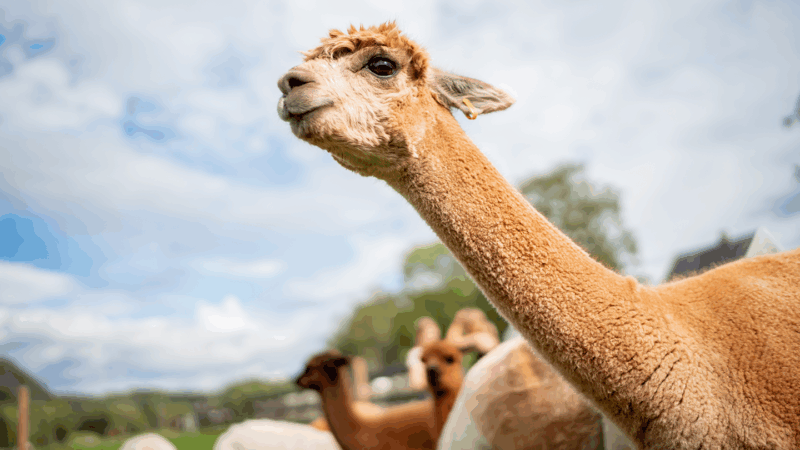[vc_row css_animation=”” row_type=”row” use_row_as_full_screen_section=”no” type=”full_width” angled_section=”no” text_align=”left” background_image_as_pattern=”without_pattern”][vc_column][vc_column_text]One of the earliest instruments of the Americas, ancient Panpipes or Panflutes have been excavated from South America all the way north to Canada, with oldest known examples dating back to 4200 BC. Peru is deemed the origin of this gorgeous instrument, and modern Andean panpipes, which may be called Siku, Antara or Zampoña, are very popular today across the continents and around the globe.
What Is A Siku?
A siku is a traditional instrument that comes from the Andes, typically the region around Lake Titicaca. It is basically a large panpipe that varies among the different tribes and cultures that produce it. The siku is still used today both as a traditional and as a modern instrument.
Identification: A siku is a series of follow tubes of different lengths, ranging from longest to shortest. These are then evened out at one end and tied off with rope or some kind of cord, usually decorative in some way.
Materials: Sikus are traditionally composed of hollow bamboo poles. However, they can also be made from bone, wood and even condor feathers.
Size: There are four different sizes of siku, with the biggest one, the toyo, reaching 4 feet at its longest point. The most common is the Malta siku, and there is one smaller and one larger, each producing sounds in a different octave.
Geography: The regions around Lake Titicaca is where this instrument is most commonly played today. In particular, the siku is played by cultures speaking the Kollasuyo and Aymara languages.
Here’s What You Need
- PVC Pipe
- PVC Cutter or saw
- Tape
Here’s What You Do
- Select a piece of pvc pipe.
- Use the PVC cutters to cut a piece of pipe that is 6 inches long. Cut every following piece 1/2 inch longer that the previous one. Cut between 6 and 8 pieces for your flute siku. Some siku have six to eight individual flutes in them, while others have 20 or more.
- Sand the bamboo flutes at both ends until very smooth.
- Play the individual pipes by blowing across the open end while covering the opposite end of the pipe with you hand or finger. It takes a little practice. You will get a nice, rich tone when you do it right. What is the relationship between the length of the pipe and the sound it makes?
- Cover the bottom of each pipe with a piece of tape. Make sure each bottom is sealed entirely.
- Lay the pipes on the table (longest to shortest). Make sure the open ends are aligned. Use the tape to connect the pipes together. You may want to use a couple of pieces of tape to ensure that the pipes to not fall apart.
The Science Behind the Siku
When you blow over the top of the pvc pipe, some of the air is diverted into the pipe, and part of it goes over the top. The diverted air increases the air pressure inside the pipe. When the pressure inside the pipe is greater than the pressure outside the pipe, the air escapes and decreases the internal pressure. Air then starts to increase the pressure inside the pipe again until the pressure inside the pipe is greater than outside. The previous two steps are repeated very rapidly, and this causes an oscillation or vibration of air at the mouth of the pipe. It is the oscillating air that makes the whistle sound (equivalent to a tone or note in a musical instrument).
You probably noticed that changes in the length of the pipe result in changes in the sound. The smaller pipes have a higher pitch than the longer pipes. The reason why this happens is because shortening the pipes changes the volume (space) in the inside of the pipe which changed the internal pressure which changed the frequency that the air was vibrating at.
Basically, it works like this
Smaller Volume = Higher Pressure = Higher Pitch[/vc_column_text][/vc_column][/vc_row]

















